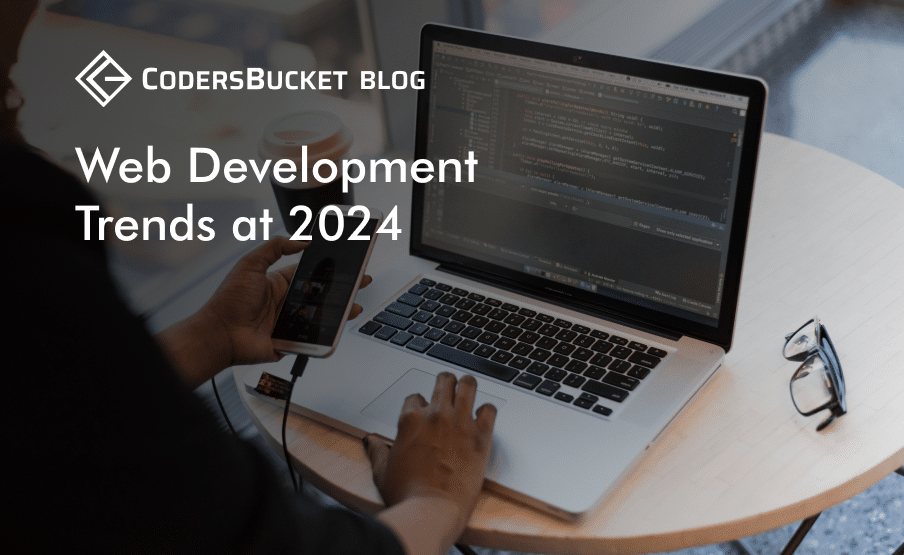The landscape of web development is constantly evolving, with new technologies and approaches emerging to make the process more efficient and the user experience more engaging. As we move into 2024, several key trends are shaping the future of web development. From low-code platforms to the integration of AI in web experiences, these trends are poised to make a significant impact. Let’s dive into some of the most promising web development trends for 2024.
Low-code and No-code Tools
In an effort to make web development more accessible and faster, low-code and no-code platforms have gained popularity. These tools allow developers and non-developers alike to create web applications with minimal coding, speeding up the development process and lowering the barrier to entry. They are particularly useful for businesses looking to quickly prototype or launch new projects without a large development team.

Internet of Things (IoT) and IoB (Internet of Behaviors)
The integration of IoT in web development is opening new avenues for creating interactive and user-centric experiences. As devices become more connected, websites and applications can gather more data to offer personalized experiences. Similarly, IoB focuses on understanding customer behavior through data analysis, further enhancing personalization and engagement.
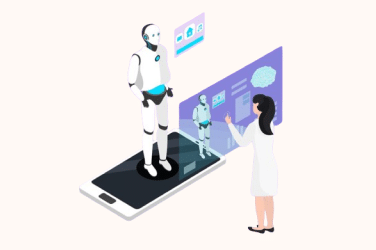
AI-powered Assistants and Chatbots
AI chatbots and virtual assistants are becoming increasingly sophisticated, offering more natural and helpful interactions. These AI-powered tools can handle customer service inquiries, guide users through websites, and provide personalized recommendations, improving user engagement and satisfaction.
Voice User Interfaces (VUI) and Voice Search
With the rise of smart speakers and voice-activated devices, VUI and voice search are becoming crucial for web development. Websites optimized for voice search can reach a wider audience, while VUI can make web applications more accessible and easier to use, especially for visually impaired users.
Static Website Generators
Static site generators are making a comeback, thanks to their speed, security, and simplicity. These tools pre-build web pages at deploy time, leading to faster load times and improved performance. Static sites are ideal for blogs, portfolios, and company websites where content doesn’t change frequently.
Yarn Package Manager
Yarn is a fast, reliable, and secure dependency management tool for JavaScript projects. It caches every package it downloads, so it never needs to download it again, speeding up the development process. Yarn also parallelizes operations to maximize resource utilization, making builds faster.
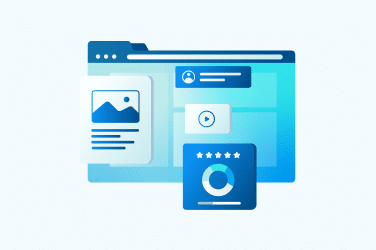
Single-Page Applications (SPA)
SPAs continue to be popular due to their fast transitions and fluid user experience. By loading all content through a single web page dynamically, SPAs reduce the need for reloading pages, offering a smoother interaction for users, much like native apps.

Core Web Vitals
Google’s Core Web Vitals are essential metrics for a healthy website, focusing on speed, responsiveness, and visual stability. Improving these vitals can significantly enhance user experience and SEO, making them a priority for web developers in 2024.
Motion UI
Motion UI is a SASS library for creating custom CSS transitions and animations. It’s becoming a trend for engaging users with beautiful, intuitive page animations and transitions, making web applications feel more dynamic and alive.
Accelerated Mobile Pages (AMP)
AMP is a web component framework to build fast-loading web pages for mobile devices. Despite some controversy around its implementation, AMP pages can significantly improve mobile user experience, offering instant loading times and potentially boosting search engine rankings.
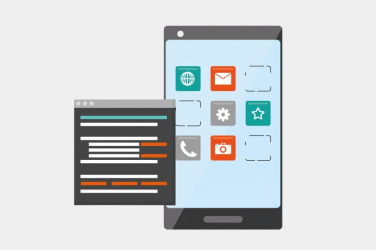
Progressive Web Apps (PWAs)
PWAs use modern web capabilities to deliver app-like experiences on the web. They work offline, send push notifications, and can be added to the home screen, blurring the lines between web content and native apps. PWAs are increasingly important for engaging mobile users.
Web Development using JavaScript Frameworks
JavaScript frameworks like React, Vue, and Angular are essential for modern web development, offering reusable components and efficient data handling for complex applications. These frameworks simplify the development process and enhance user experience with interactive interfaces.

Serverless Architecture
Serverless architectures remove the need for developers to manage servers, automatically scaling with application usage. This model can reduce development and operational costs while allowing developers to focus more on their application logic rather than infrastructure management.
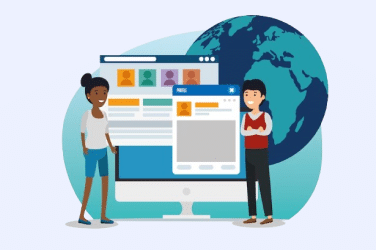
Content Personalization with AI/ML Technology
AI and ML technologies are being increasingly used to personalize web content for individual users. By analyzing user behavior and preferences, websites can tailor content, recommendations, and experiences to each visitor, significantly enhancing engagement and conversion rates.

As we head further into 2024, these trends are set to define the landscape of web development, offering new opportunities and challenges for developers and businesses alike. Staying ahead of these trends will be key to creating engaging, efficient, and innovative web experiences.

